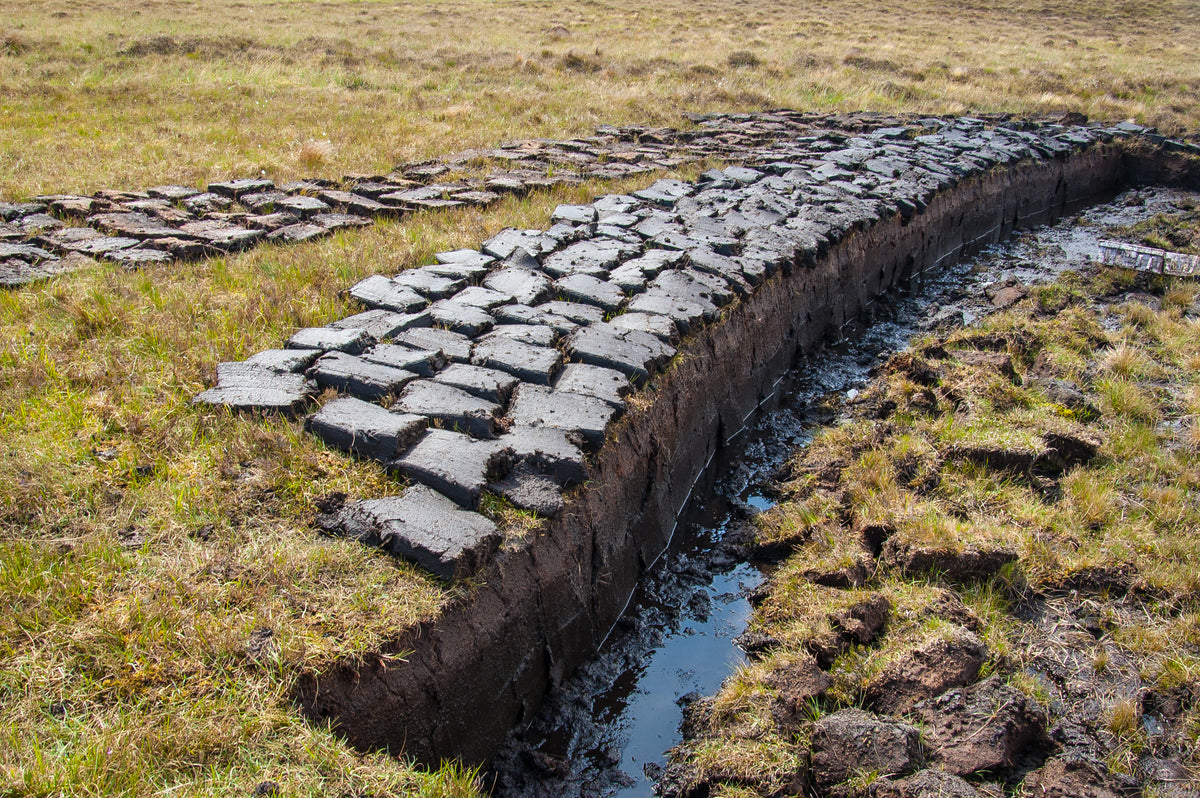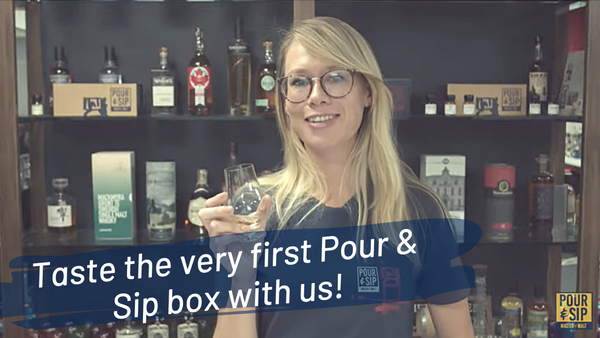Peated whisky: what, why and how

Seeing as you’ve been sipping on Balvenie’s The Week of Peat release thanks to this month’s Pour & Sip box, we thought we’d give you the lowdown on what the deal is with peat.
While peated whisky is a divisive tipple for lovers of the spirit, the history of peat is one of necessity and, frankly, convenience. The very first step in malt whisky production is to malt the barley. The malting process tricks the grain into thinking it’s germinating, boosting its natural sugar content (which is great for fermentation). But the germination then needs to be stopped, because we don’t want a fully-fledged seedling on our hands, so it’s heated. (As a side note, peated grain whisky does exist, but it’s very unusual.)
This is where peat comes in – to dry the barley, something needs to be burnt. Peat is found in abundance in places well-known for peated whiskies (is anyone surprised?), namely the Highlands and Islands, though most famously Islay, because these places burned what was conveniently at their disposal. Initially the smoky flavour was just a by-product. Barley for unpeated whisky still has to be dried but it’s kilned rather than peated, which means hot air is simply blown over the barley, so it doesn’t have the same smoky flavour.
But what is peat? Peat itself is far less glamorous than the end product. It looks like mud, but it’s more complex than that. In short, it’s partly decomposed vegetation formed over thousands of years. It usually forms where land is wet, which is why the Scottish Islands have so much of it! When the land becomes waterlogged, there’s not enough oxygen for the matter (be it wood, seaweed, plants or flowers) to fully decompose. All the organic matter is squished down and compacted over time – it’s not a quick process. When peat is harvested it’s wet, so it needs to be dug out, cut into ‘bricks’ and dried before it can be used as fuel. It’s not just limited to Scotland though; peat can be found in Siberia, Canada, Scandinavia, the US and even Indonesia, commonly used as fuel.
As such, peat can also exhibit a kind of terroir, making each whisky even more unique. Peat on Islay, for example, boasts a higher quantity of seaweed than elsewhere, making for a more maritime smoky flavour. Should the peat boast a higher proportion of heather (as it generally does in northern Scotland, or on Orkney), or wood and leaves (as it generally does in the mainland), then the flavour profile will reflect this.
Peated whisky is measured by more than just ‘slightly smoky to ‘ash tray in your mouth’. There’s something called PPM, which stands for parts per millions of phenols – phenols are the flavour compound released when peat is burnt. The higher the PPM, the smokier the whisky will be. What kind of peat is used doesn’t determine the PPM, but how long it’s burnt for does. The longer it’s burnt the smokier the barley will become, with the average drying time around 30 hours.
There are always exceptions to the rule, like this month’s Balvenie Week of Peat whisky from Speyside, and Bruichladdich’s unpeated Islay whisky. Today, peat isn’t just limited to where it originates!



